Slaying Seasonal Allergies: Prevention and Remedies for Kids
If your child suffers from seasonal allergies, you're not alone. Learn how to prevent, reduce, and treat allergy symptoms

It's that time of year. Flowers blooming, bees buzzing, and pollen coating everything in sight. And how about a good dose of grass pollen in the summer? One way, free ticket to sniffles city.
Oh, the joys of seasonal allergies. Nothing like having your child constantly sneezing in your face and sniffling all day long. And let's not forget the itchy eyes and throat that make them feel like they've swallowed a cactus. But hey, at least they're not alone. 7.1 million kids in the US are in the same snot-filled boat.
Not only are the kids miserable, allergies can lead to a whole host of other monsters. Fatigue, poor concentration, ear and sinus infections, asthma flare-ups, and behavioral issues. Best to nip it in the bud before it blooms out of control.
Sweet prevention
The sweet, sweet solution to seasonal allergies: local honey. The idea behind taking a tablespoon of local honey every day is that it exposes your body to small amounts of the pollen that causes your allergies, allowing your immune system to build up a tolerance. While some people (like me) swear by this remedy, there is limited scientific evidence to support its effectiveness. Plus, if your child is already experiencing allergy symptoms, a teaspoon of honey isn't going to magically make them disappear. But it can't hurt to try, right? Plus, it can help soothe their sore throats from all that post-nasal drip.
Check the labels on the honey at your grocery store to find one that is bottled locally, or you may find hyper-local honey at a farmer's markets in your neighborhood. We buy a bottle or two of Andrew's Honey every year to fight off allergies before they start.
This article contains affiliate links to products I feel good about endorsing, meaning I may earn commission from qualifying purchases. Check disclaimers for more info.
Pollen, keep out, and stay out.
Have your child wash their hands when they come home before they start rubbing their eyes, or better yet have them take a shower when they come inside from playing and change into fresh, pollen-free clothes. A bath or shower just before bedtime can also help lessen overnight allergy attacks.
Avoid hanging laundry outside, this isn't the time to go all rustic, drying machines are your friend. On the topic of laundry, does your clean laundry go right back into the hamper that brought it down to be washed? That pesky pollen will be happily waiting to stick to all of your clean clothes again. Consider lining the hamper with a cloth sack or something that can be thrown into the wash at the same time.
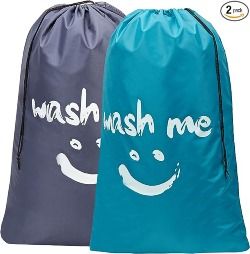
Finally, I know everyone loves a fresh spring breeze, but if you have seasonal allergy sufferers in your home, keep those windows shut tighter than a clam till the floral mating season is over.
Air Purifiers at the Ready
Put your air purifiers to work overtime cleaning the air inside your home. These handy devices use various methods to remove unwanted particles from the air, such as HEPA filters, activated carbon, and ionizers. Here's a round-up of some of our favorites.
Best budget option: Germ Guardian AC4825E
We have these in our bedrooms that we run at night while we sleep. It doesn't take up much space, and runs fairly quietly.
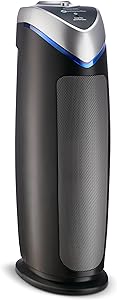
Best for mid-sized rooms: Coway Airmega 150
This one is quiet enough to run all the time in our family room. It's designed to clean spaces up to 518 sq. ft. in 30 minutes, and is light and small enough to be inconspicuous in the corner of the room. In auto-mode the fan speed adjusts based on current air quality to save energy when it's not tackling air pollution in your home.
Best for larger rooms: Coway Airmega 250
Designed to clean spaces up to 930 sq. ft. in 30 minutes, this big brother to the Airmega 150 comes with a hefty price tag, but may be worth it if you want to breathe easy in a big house.
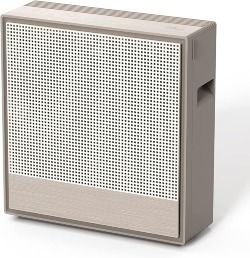
Tackling the Symptoms
If your kiddos are already suffering, flush out those allergens with a nasal saline spray or rinse and drop some eye drops into their red, itchy eyes. If that requires pinning them to the ground and subjecting them to torture that they will spend thousands of dollars trying to unravel in therapy some day, then you might consider some gentler methods to administer saline.
My highly sensitive 8 year old enjoys using a micro-mist inhaler when he is congested. And while eye drops terrify him, he happily accepts an eye mist spray to relieve the itchiness.
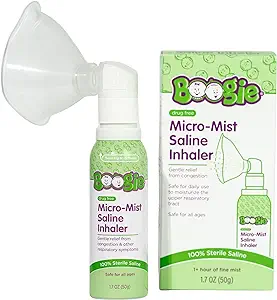
When seasonal allergies strike, it's also not uncommon for kids to develop skin rashes and itchiness. Our go-to which has saved us with everything from eczema flare-ups to angry mosquito bites is CeraVe Itch Relief Cream. This over-the-counter cream is steroid free, with an active ingredient of 1% pramoxine hydrochloride, a topical anesthetic that helps to soothe and relieve itching caused by allergic reactions. The cream also contains ceramides, which are natural lipids found in the skin that help to moisturize and protect the skin barrier. This cream is gentle and non-irritating, making it a great option for kids with sensitive skin.
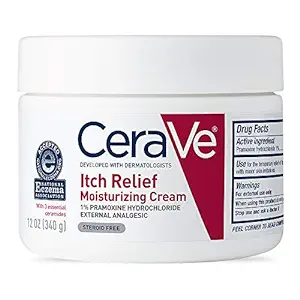
All about Antihistamines
When it comes to treating those pesky allergies, there are plenty of over-the-counter antihistamine options to choose from.
Older, “first generation” antihistamines like Benadryl can make kids sleepy and don’t last very long. For an extra fun surprise, you may have one of those special kids that become “hyper” and are unable to sleep after taking these types of medicines. Consider yourself warned.
Newer, “second generation” antihistamines like Zyrtec and Claritin cause less sleepiness, and usually last 24 hours. You can look for brand name or generic versions, but the "best" is the one that helps your child's symptoms! If you're trying to decide for the first time, let genetics guide you. If another family member has had success with one antihistamine, your child may respond as well to the same medicine.
Still stuffed up? Flonase may be the answer. This spray contains a corticosteroid, which works by reducing inflammation in the nasal passages. The best part? It's available over-the-counter, so no need to schlep to the doctor's office. Just be sure to follow the instructions carefully and don't overuse it, or you might end up with some unwanted side effects like nosebleeds or a dry, irritated nose.
If you or your children suffer from extreme allergies year over year, ask your pediatrician or allergist about stronger medication options or long-term treatments such as allergy immunotherapy.
There you have it, our guide to getting through another allergy season. Hopefully, armed with these tips you'll be able to relieve your child's seasonal allergy symptoms and even have the freedom to stop and smell the roses!

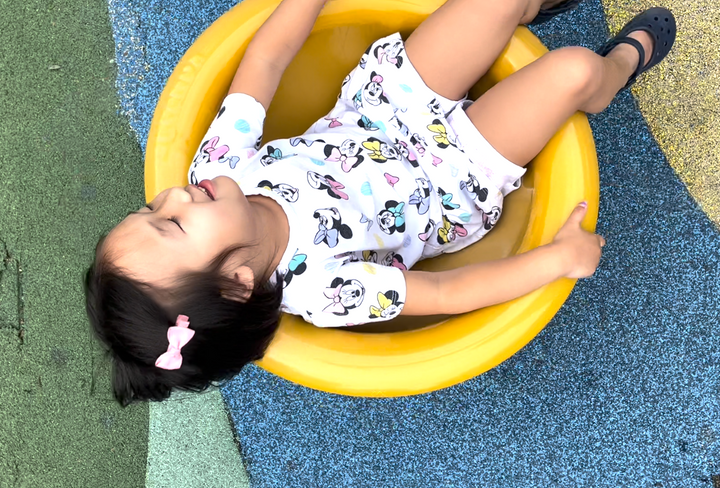
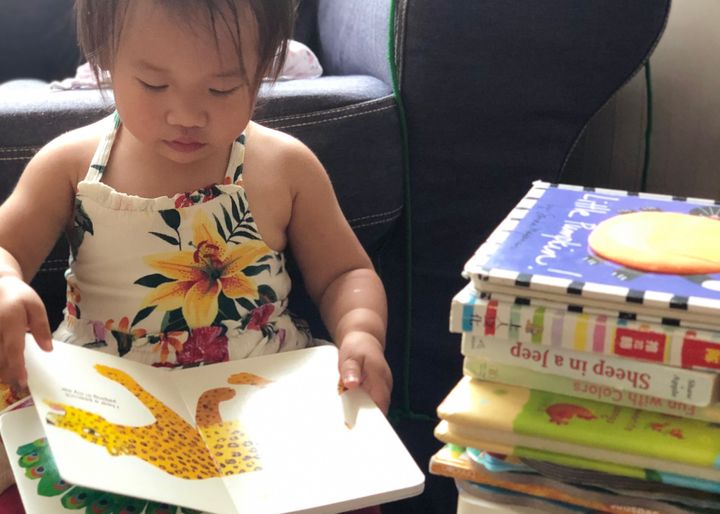

Comments ()